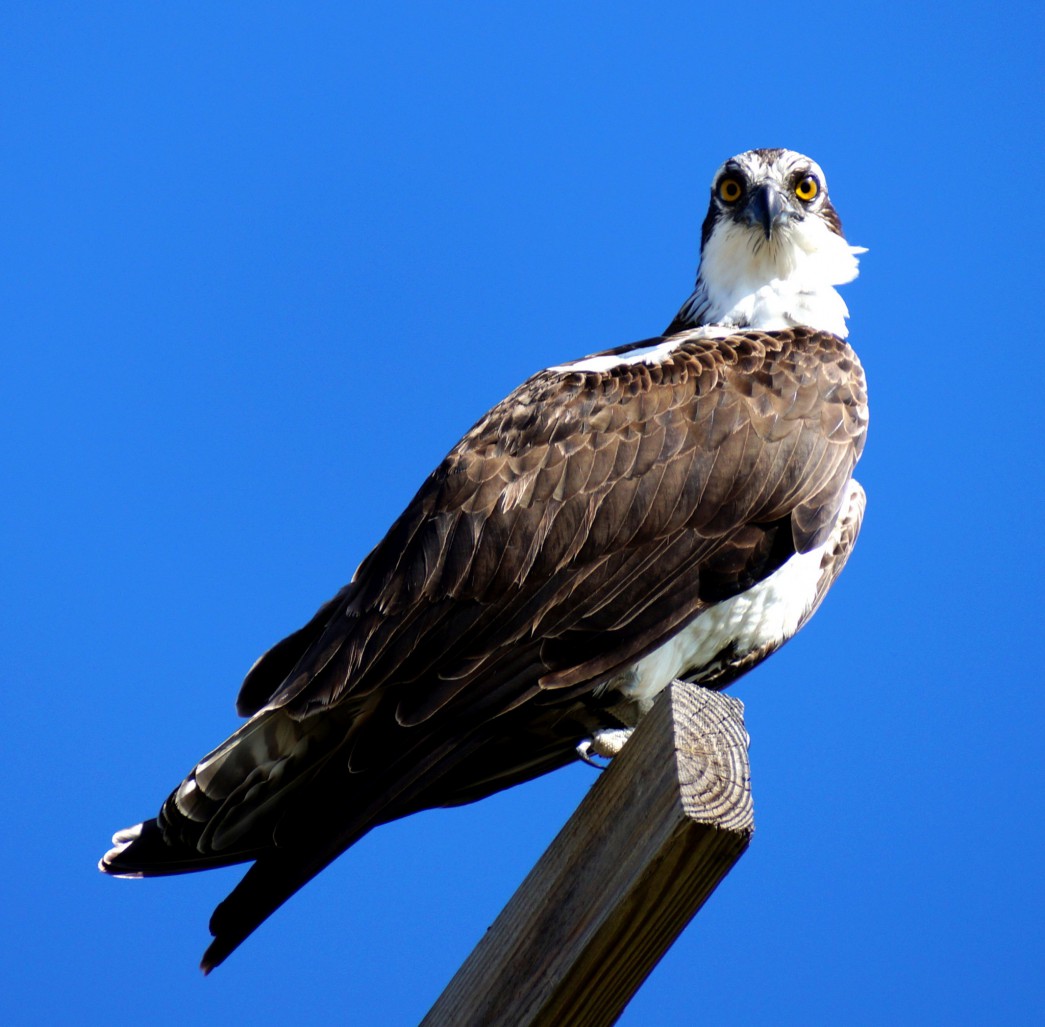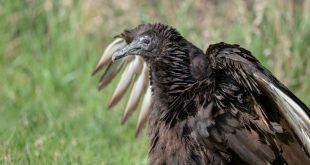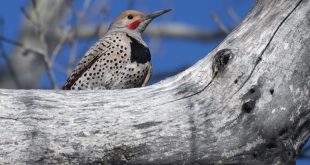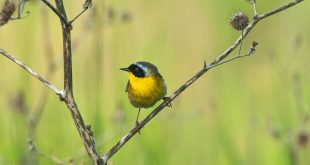Electric utilities and wildlife agencies are entities that you may not immediately think of as cooperators in conservation, particularly if you’ve closely followed the news as of late. Even though both types of entities have their different roles and objectives, there are opportunities to work together. Most electric utilities, such as those of the Nebraska Rural Electric Association, work proactively to avoid and reduce the risk of collision and electrocution posed to birds by power lines and other electrical infrastructure. These efforts are done in cooperation with the U.S. Fish and Wildlife Service and Nebraska Game and Parks Commission (NGPC). This brings me to a recent example of cooperation between Wheat Belt Public Power District and NGPC to help Ospreys and avoid electrical power outages in western Nebraska.

Ospreys are piscivorous (fish-eating) raptors that migrate through Nebraska in spring and fall. For much of recent history, this species nested west, north and east of Nebraska. However, Ospreys are increasing in the United States and in 2008 a pair attempted to nest near Winter’s Creek Lake, Scotts Bluff County. Other Osprey pairs have attempted to nest in the Panhandle since 2008, including near Lewellen, Garden County. It is nice to see Ospreys increasing and nesting in Nebraska, but this species also presents challenges since they like to nest on utility structures (e.g., power line pole crossbars). This causes problems for electric utilities and their customers because Ospreys pile sticks on utility structures. A pile of sticks and other materials (e.g., bailing twine) on power lines can result in power outages and even fires once electrical lines connect and arc. This is bad for people who lose service and utility lineman that have to keep going out to do repairs. It is also not good for Ospreys and their young. Ospreys and their nests are protected by state and federal law, which presents legal hurdles for simply removing a problem nest.

Ospreys attempting to nest near Lewellen have caused problems to power lines owned and managed by Wheat Belt Public Power District (Wheat Belt). Even though Wheat Belt has taken a number of steps to make their structures unattractive to birds, Ospreys persist. Once a bird, any bird, has selected a nest site they are stubborn to abandon it. In February, personnel from Wheat Belt, Nebraska Public Power District, the U.S. Fish and Wildlife Service and NGPC met in the Lewellen area to review the situation and identify actions that could avoid future challenges.

The group determined if Ospreys nest platforms, which these birds commonly use, were placed in locations more desirable than the location of power lines the birds have used in past years, the Ospreys may decide to use the platforms and leave the power lines alone once they arrive in spring. A potential win-win for the utility, their customers and the Ospreys. Wheat Belt volunteered to build and erect the nest platforms. The one obstacle that remained was acquiring permission from the landowner who owned the desirable location for Osprey nest platforms. Fortunately, the desirable location happened to be Clear Creek Wildlife Management Area, which is owned by NGPC, and our Wildlife Division Management Section staff was receptive to the idea.

In early April Wheat Belt erected the Osprey nest platforms following a brief site visit with NGPC staff to select optimal sites. With the platforms ready to use, it is all up to the Ospreys who should be arriving anytime. Hopefully the birds find the nest platform suitable and use them. If not, it may be back to the drawing board. Even if birds do not cooperate, it is nice to have good partners in the power industry who work proactively and cooperatively with us to help protect Nebraska’s birds and wildlife. Perhaps this story is not finished……
Good birding!
Many thanks to Earl Reilly, Kevin and the rest of the folks from Wheat Power Public Power District, Luke Meduna, Matt Wieseler and Lance Hastings from the Nebraska Game and Parks Commission Wildlife Division Management Section, Lourdes Mena and Brooke Stansberry from the U.S. Fish and Wildlife Service and the Ospreys for creating challenges and providing opportunities for all of us to work together.
 Nebraskaland Magazine
Nebraskaland Magazine




